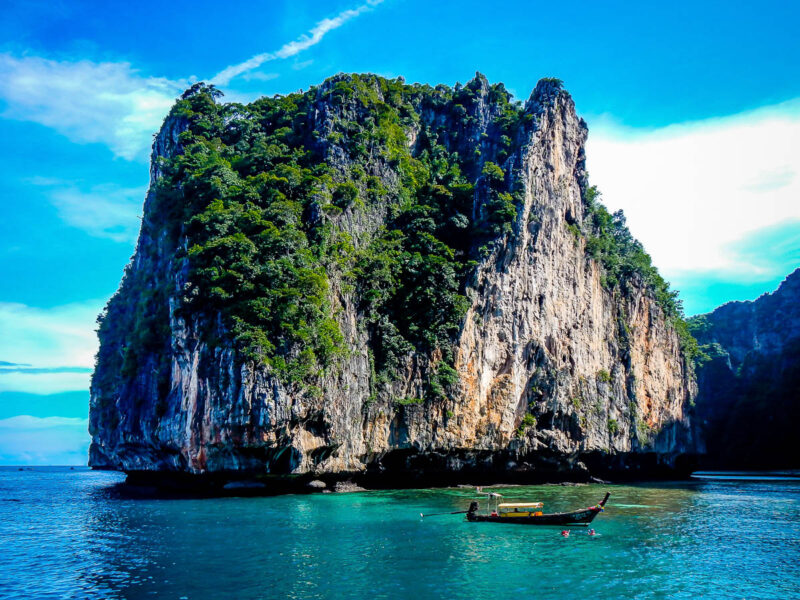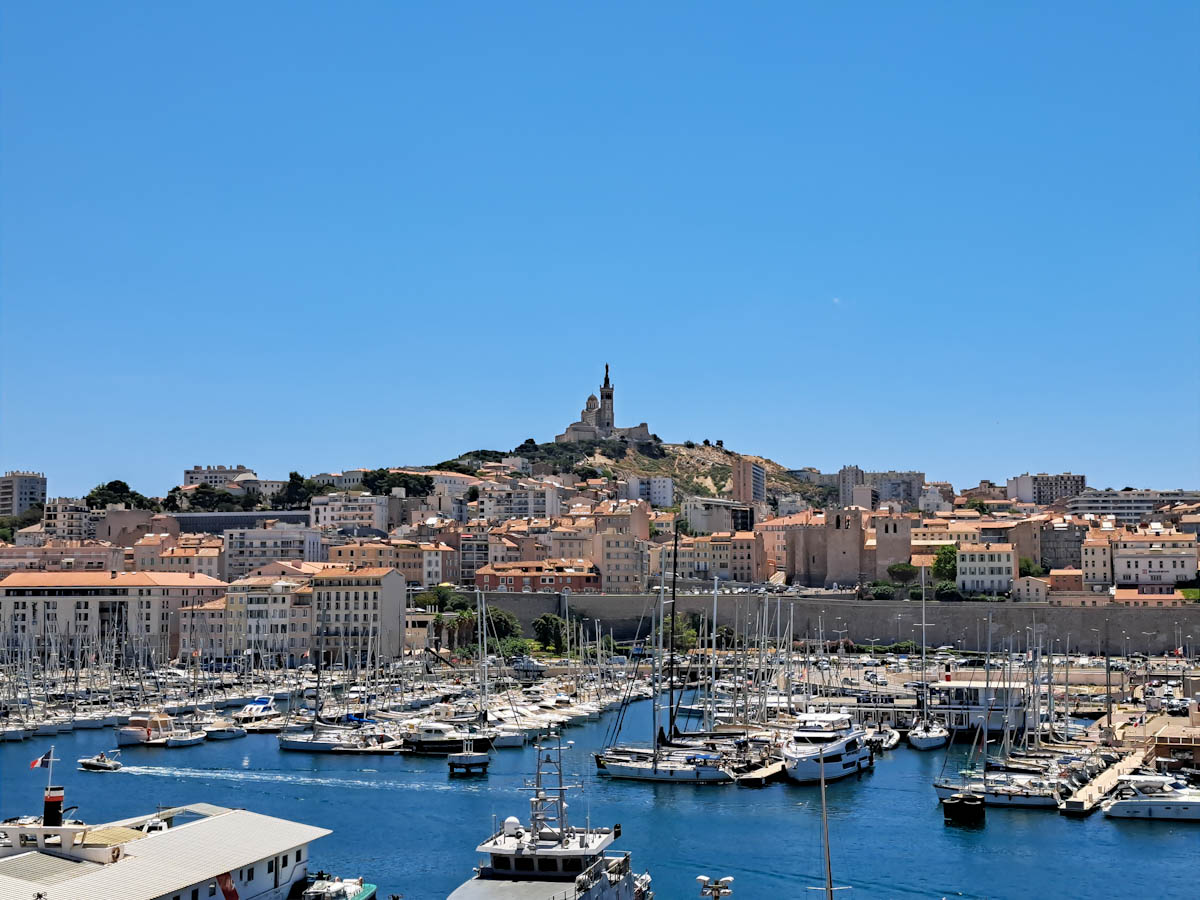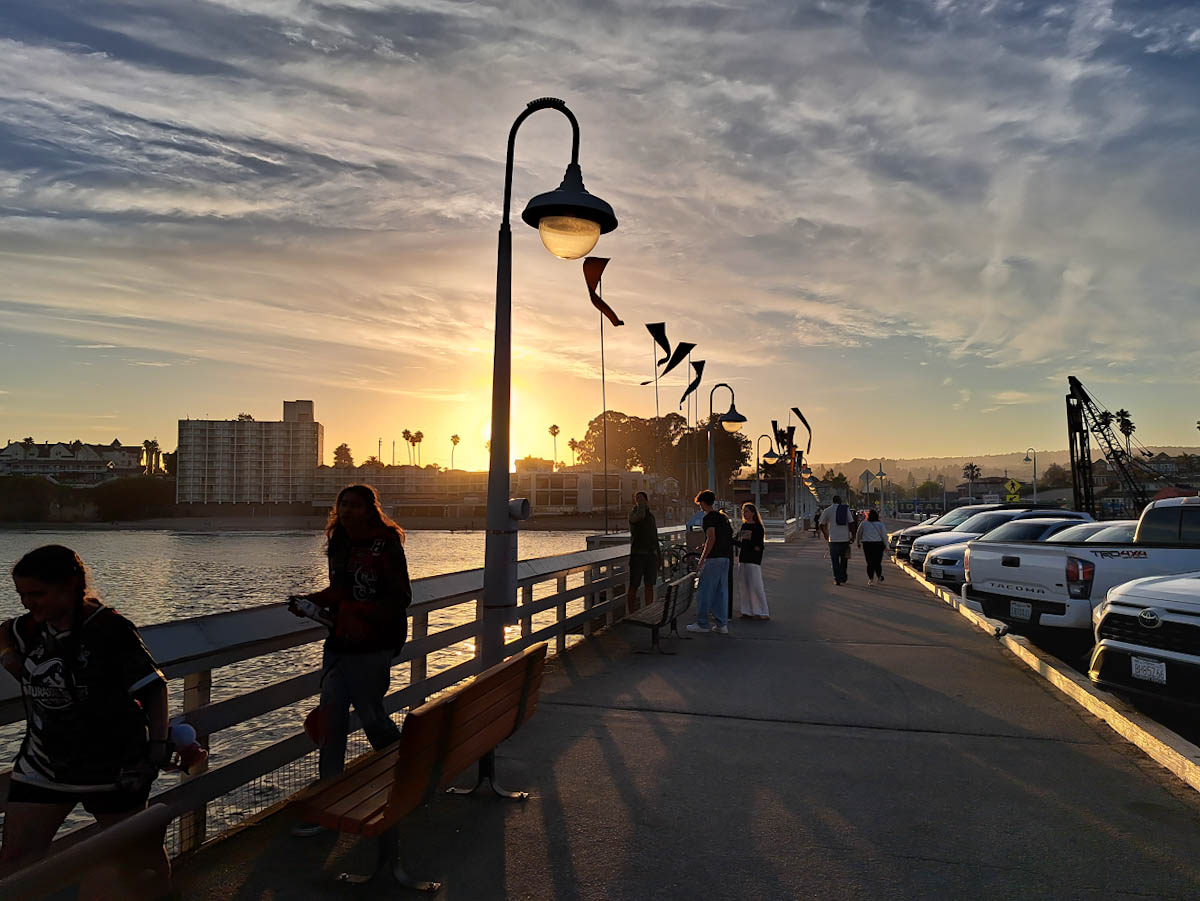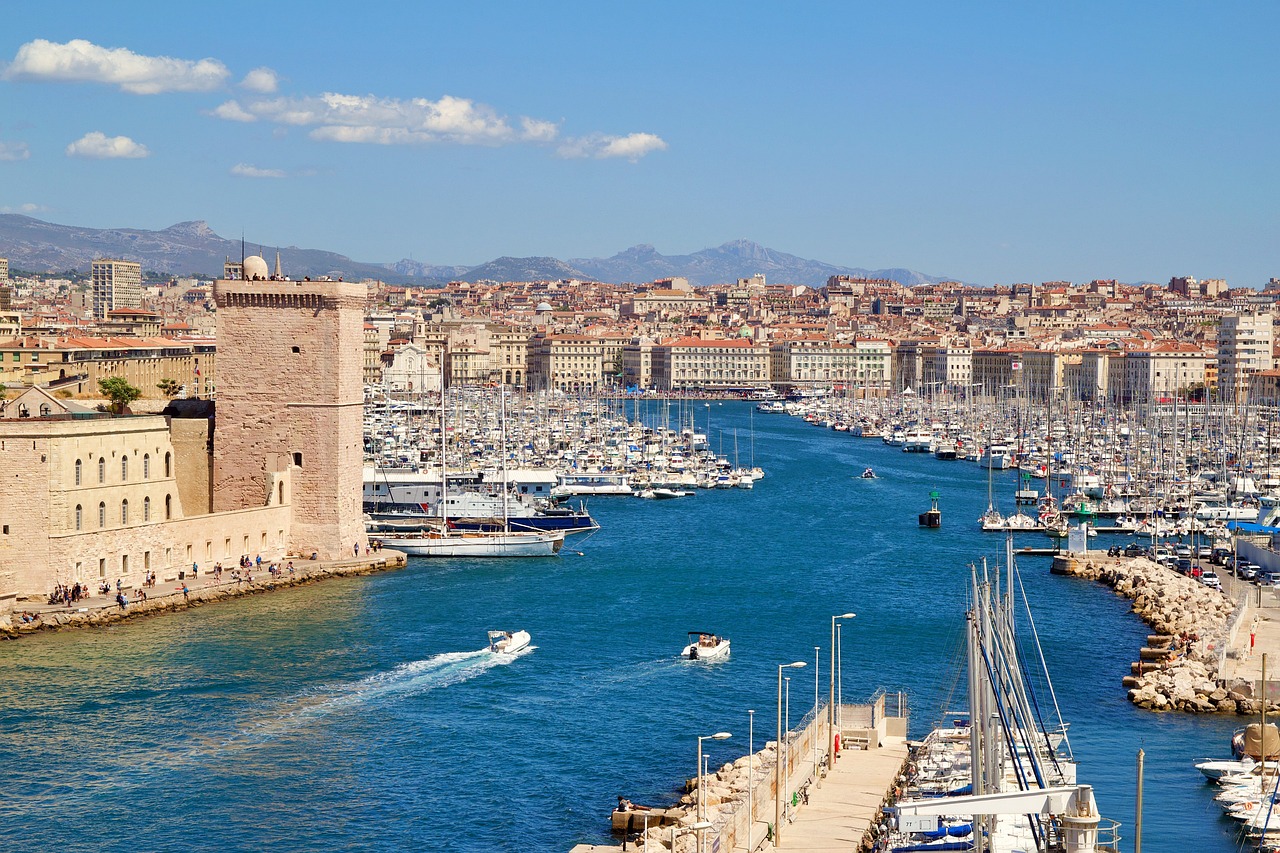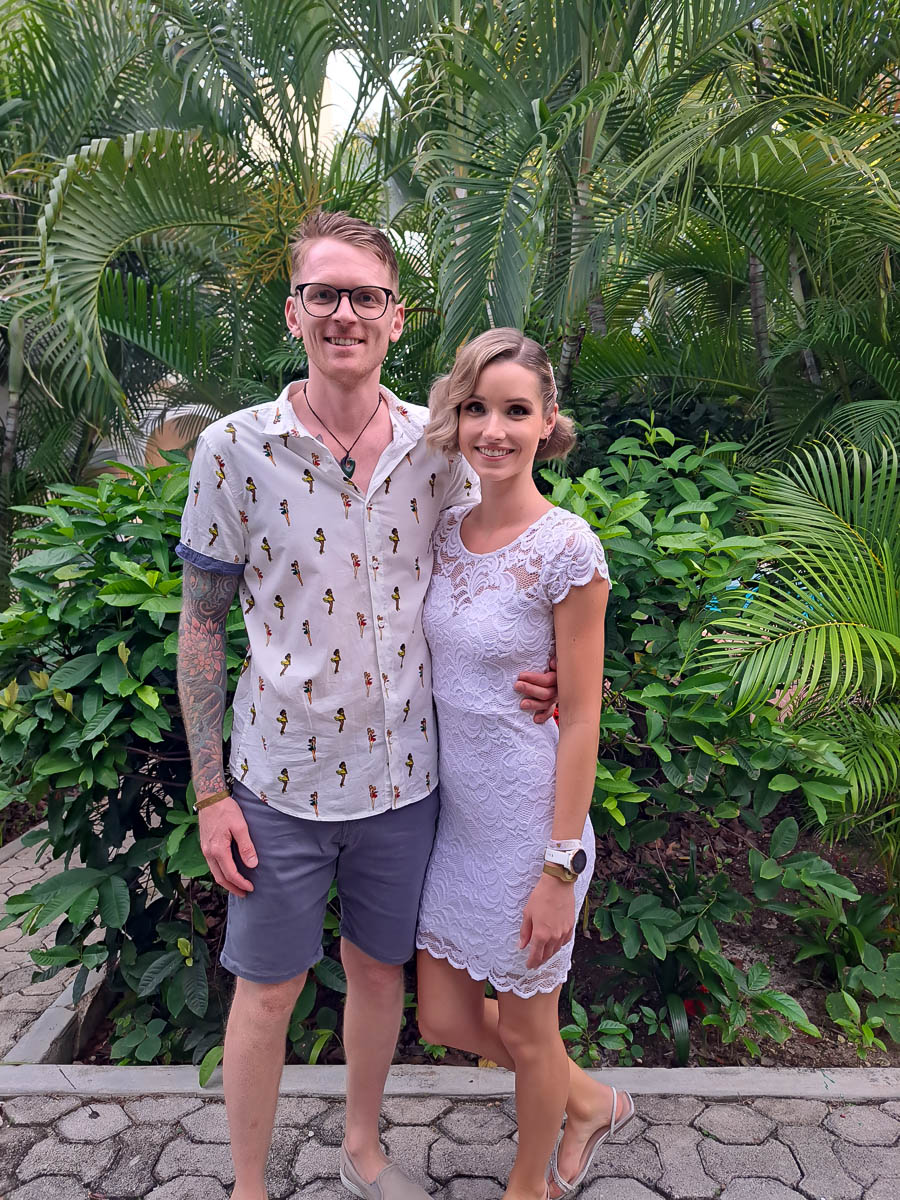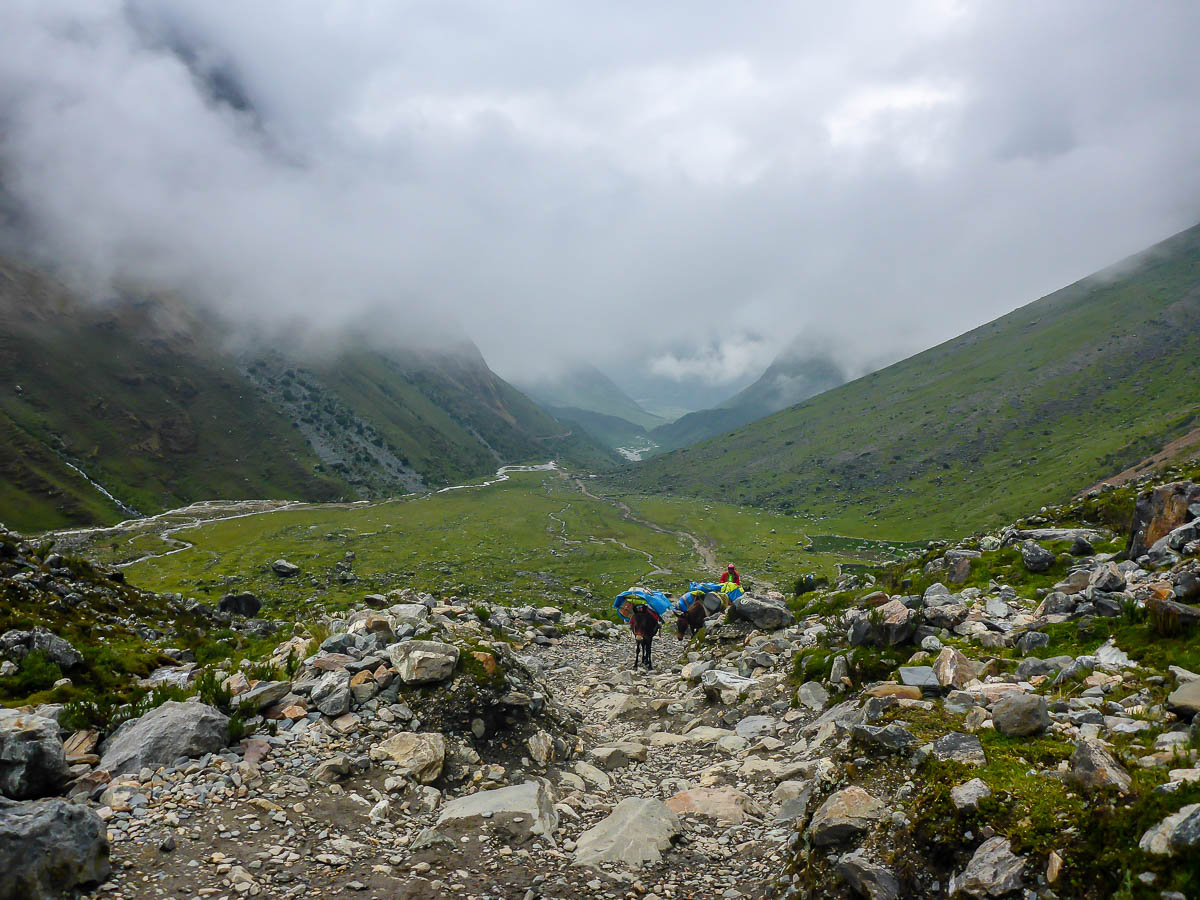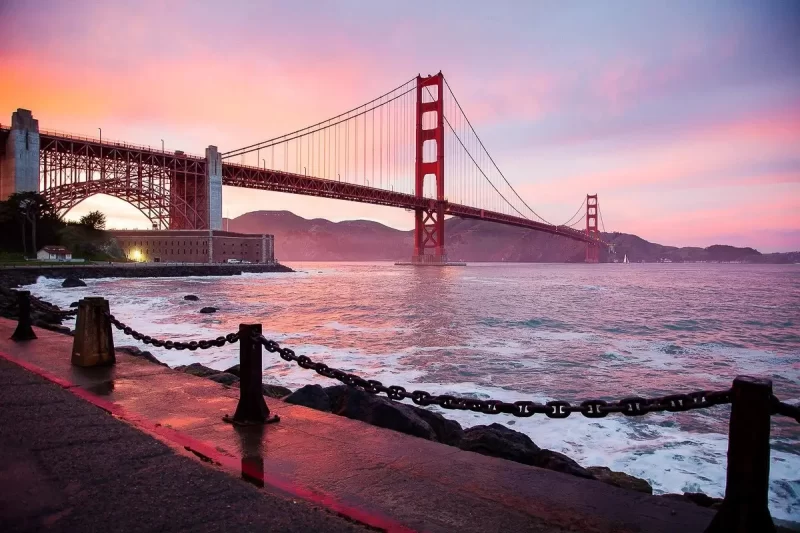Exploring other parts of the world doesn’t have to be expensive or out of reach. We spent 5 consecutive years backpacking 40+ countries on a minimal budget and had a fantastic time. That sort of travel isn’t for everyone, but saving money is. The following list of budget travel tips will help you reach your travel and savings goals.
Traveling on a budget is not hard but there are many things to consider. Your time, values, and priorities all have an impact. As does the actual destination and type of trip you have in mind. There may be compromises involved and tough decisions to be made. But ultimately, most everything is manageable and attainable.
The title of this post is a bit odd but an accurate description of what’s to come. These tips aren’t hard to understand (simple) and I provide a lot of details explaining them (in-depth).

Budget Travel Tips: The In-Depth Simple Guide (Part 1)
The budget travel tips outlined below are not exhaustive. It reflects our current budgeting style as we work full-time and take smaller trips throughout the year.
There are many resources available to further fine-tune your approach to budget travel. How you like to travel and your stage in life all impact the best options for you. However, this should be plenty to get you started.
Check out How To Budget: The Ultimate Guide to Save for Travel for more information on creating your travel budget.
Side note: If you’re interested in how to save for a longer-term or backpacking-style trip, let us know in the comments below.
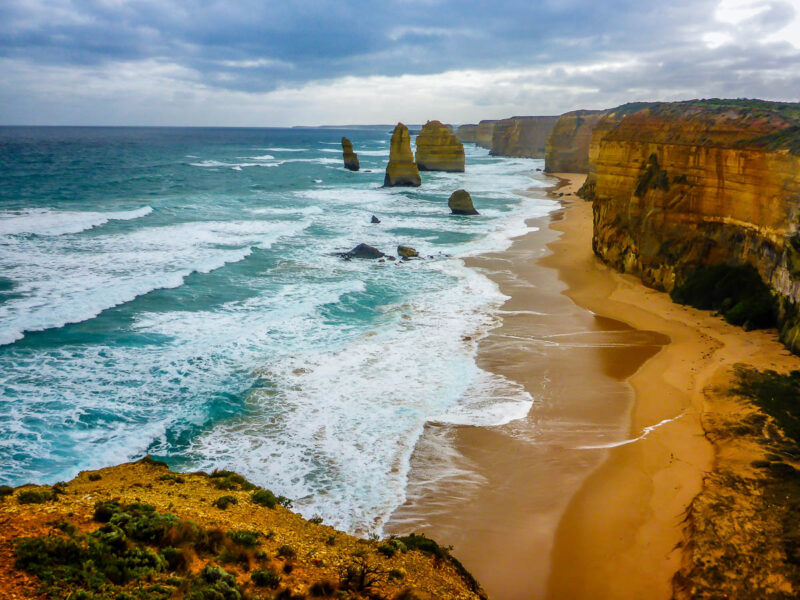
9 Budget Travel Tips
- Know Before You Go (Plan Your Trip)
- Consider the When
- Deal or No Deal? (Hint: We Want Deals)
- Choose Your Accommodation Wisely
- How You Travel Matters
- Be Free
- Don’t Eat Your Budget
- Find What Matters the Most
- Sharing is Caring
The nine tips listed above tips are broken into three separate posts. Part one will cover the first 3 tips, part two the next 3, and part three the last 3.
Grab yourself a beverage and a snack and get comfy because it’s time to dive in!
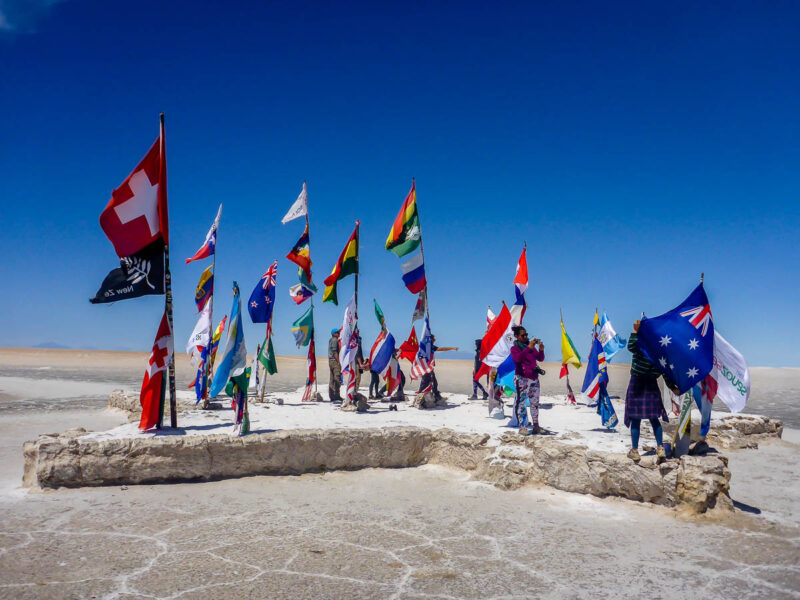
Budget Travel Tip #1: Know Before You Go
(Plan Your Trip)
Traveling with no agenda or plan, just your spontaneous self, wanderlust, and a dream in your heart sounds appealing. And trust me, it’s great. But it’s not always practical, especially from a budgeting standpoint.
You don’t need to have all the details ironed out or a minute-by-minute itinerary, but it is important to have a few key things sorted.
This may look different depending on the trip you’re taking and the time you have, but in general, it’s important to know the following things:
- What is your budget?
- Where are you going?
- How much time are you spending in each place?
- What are you most looking forward to?

What is your budget?
This is a big one and a theme you will see quite often on this blog: your budget. Everyone will have a different budget depending on comfort level, priorities, and goals, but the important thing here is to have one. This should be your starting point that helps guide all other decisions.
Where are you going?
In general, you can’t have a trip without having a destination in mind. This becomes even more important when trying to save money. Where you travel can have a big (or small) impact on your budget. You may need to adjust your plans accordingly.
How much time are you spending in each place?
Is this a week-long trip to one destination? A multi-month/year trip spanning several countries? A weekend getaway?
It’s easier to plan a one-destination trip. You will likely stay in one place, rent a car or get a travel pass, get familiar with grocery shopping or local restaurants, and spend less time planning logistics.
Longer and larger trips can be trickier. They are often more expensive simply because of the length of time, but they may allow for greater flexibility.
Take Europe as an example. With less time you may only visit one country. It can either be an expensive country or a more affordable one. You generally know ahead of time and plan accordingly.
However, if you spend 3 months in Europe (me in the summer of 2013), you have more to think about. You may choose to spend the first half in Western Europe where it’s a bit more expensive, and the second half in Eastern Europe where your money stretches further. Or vice versa. Visit the cheaper countries first to know how much you have available to spend in the more expensive places.

What are you most looking forward to?
There are countless things to do, see, and experience in every destination but there are always things that matter most to you. Determine what those are and work those into your budget before considering the extra things.
Figure out what excites you, what adds value, and what you do not want to miss. Compare this with the things you would like to do but are okay with skipping and the things you don’t care about. Prioritize and potentially splurge on the important things and know what you can skip to save money.
Bonus: Have the money saved already.
Since you’ve already read our post on budget travel (and if you haven’t, what are you waiting for?), you’ll know we recommend only spending what you already have.
Depending on what stage you are in your travel planning, you may have already purchased (and paid off) the major expenses. These include things like flights, accommodation, and travel insurance. When it comes to the major expenses, it’s best to already have the money in the bank at the time you click “Confirm & Pay”.
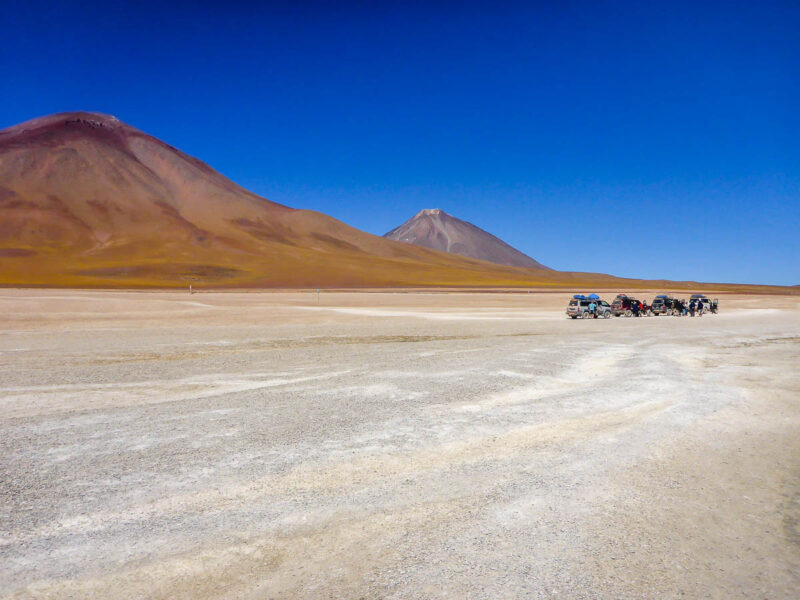
For the specific travel itinerary, it’s best to either have the money already or have a savings plan in place. The goal is to have enough in the bank to cover all possible expenses before you embark on the trip.
This has a few benefits. It provides peace of mind that you’ve budgeted the correct amount. At the same time, it gives you a tangible number to play with. (Instead of an idea of potential funds that don’t matter at the moment because money isn’t real and nothing is real except this expensive but necessary outing to see the world’s biggest Cheeto. Or something like that).
Budget Travel Tip #2: Consider the When
The timing of when you visit a place can have a substantial impact on your budget. This applies both to the general time of the year and to the specific day and time you choose to travel:
- Travel in the Shoulder Season
- Travel in Off-Peak Times
Travel in the Shoulder Season
If you visit during a destination’s high or peak season, you will find inflated prices.
However, if you visit in the low season, you may not get the same experience you were looking for.
For example, if I want to island hop, meet people, and bask in sunshine and warmth in the Greek Islands, it will be harder to do so in their low or off-peak season as some islands shut down completely.
One of the best times to travel is during the shoulder season, the period between the high and the low seasons. The timing of this will vary depending on your destination. Spring and fall are considered shoulder in many parts of the world.
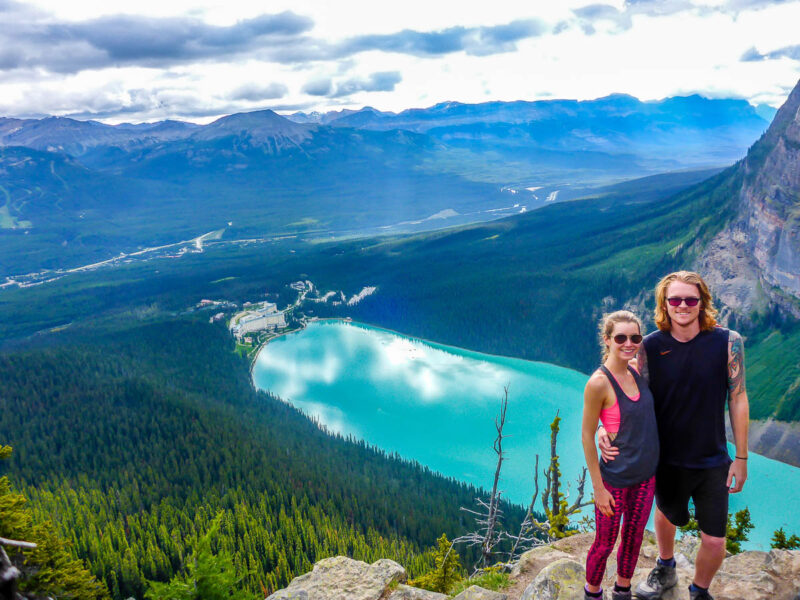
Example: Canada
In Canada, spring and fall are considered shoulder seasons but look very different across the country. In Banff or Canmore in spring there may be snow or snow run-off. It’s good for skiing but maybe not so good for hiking. Conversely in fall, things will be more dried out from the summer and you may see bright, vibrant colors from changing leaves.
Travel in Off-Peak Times
The specific day and time you choose to travel also impacts your bottom line. Weekdays are typically less expensive than weekends for both transportation and accommodation. Certain times of the day are more expensive than others for travel, depending on that provider’s peak time.
Use a comparison site or visit the website of the company directly and check out the different options to know their peak times.
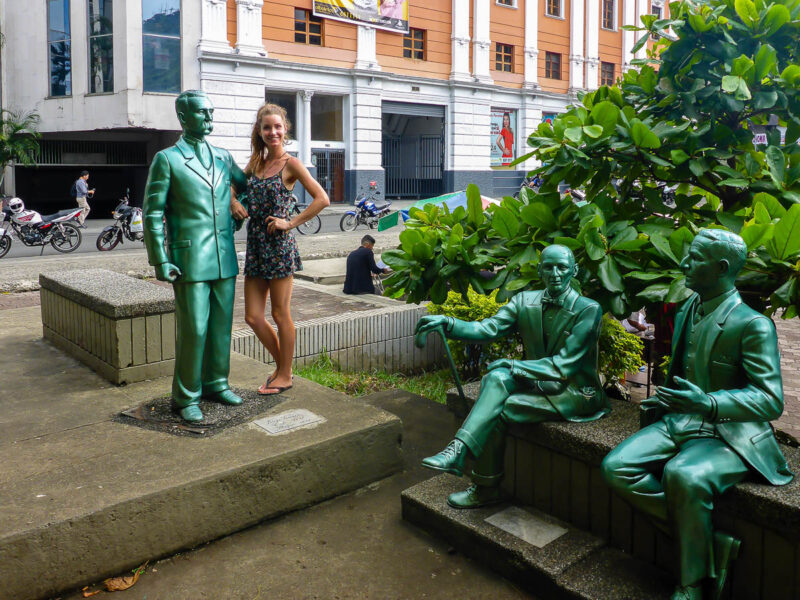
Budget Travel Tip #3: Deal or No Deal?
(Hint: We Want Deals)
There are so many deals to take advantage of ranging from flash sales to membership perks to Groupon deals and more. It can be time-consuming to hunt for deals and keep track of them all, but it pays off in the end.
Some of the more common deals you will find when it relates to travel are:
- Comparison sites
- Membership discounts
- Reduced rate days
- Happy hours
Comparison Sites
There are hundreds of comparison sites and apps for a variety of different needs. If you want to find the best price on apples, there’s an app for that. Want to know when to fly to Paris? There’s an app for that. Wondering which high-speed blender is best for you? You guessed it, there’s an app for that. There is an app or website for almost everything.
Membership discounts
Your credit card, university, workplace, or online newsletter for a website you subscribed to years ago, may all be treasure troves of discounts and deals to take advantage of.
Some of these may be things you signed up for and forgot about. You may be gaining points to redeem for consumer goods or services. Or you may earn money back on purchases. Many websites also have pop-ups offering you a percentage discount on your first purchase. All of these matter.

Reduced rate days
Many popular attractions have days or hours where you can snag a really good deal, sometimes even free. Several museums and art galleries have free entry on Mondays or reduced rates on Wednesdays between 7pm to 8 pm. In many cases, you can even book your time slot online and avoid standing in long lineups.
Happy Hours
We aren’t big into going out for expensive dinners or visiting swanky restaurants, but we do enjoy the ambiance of a day or night out. I have just as much fun, sometimes more so, drinking a cheap cocktail and eating happy hour yam fries at 2 pm than I do dining out at 7 pm for a fancy (full-priced) date night.
This is a huge opportunity for savings if you’re someone who enjoys dining out. Check out a restaurant’s website or social media for details. Or when out and about, take a peek inside different places to take note of who offers what and when.
Let us know in the comments section below what other tips you have relating to trip planning, timing, and finding deals.
What else are you excited to know about when it comes to budget travel tips?


